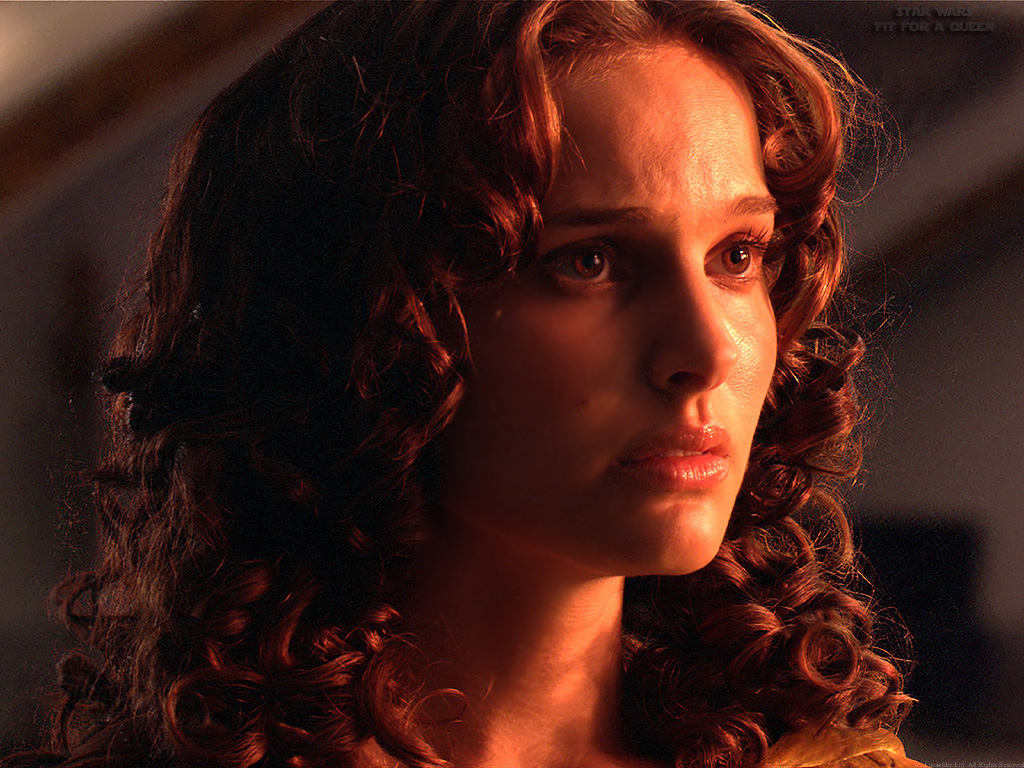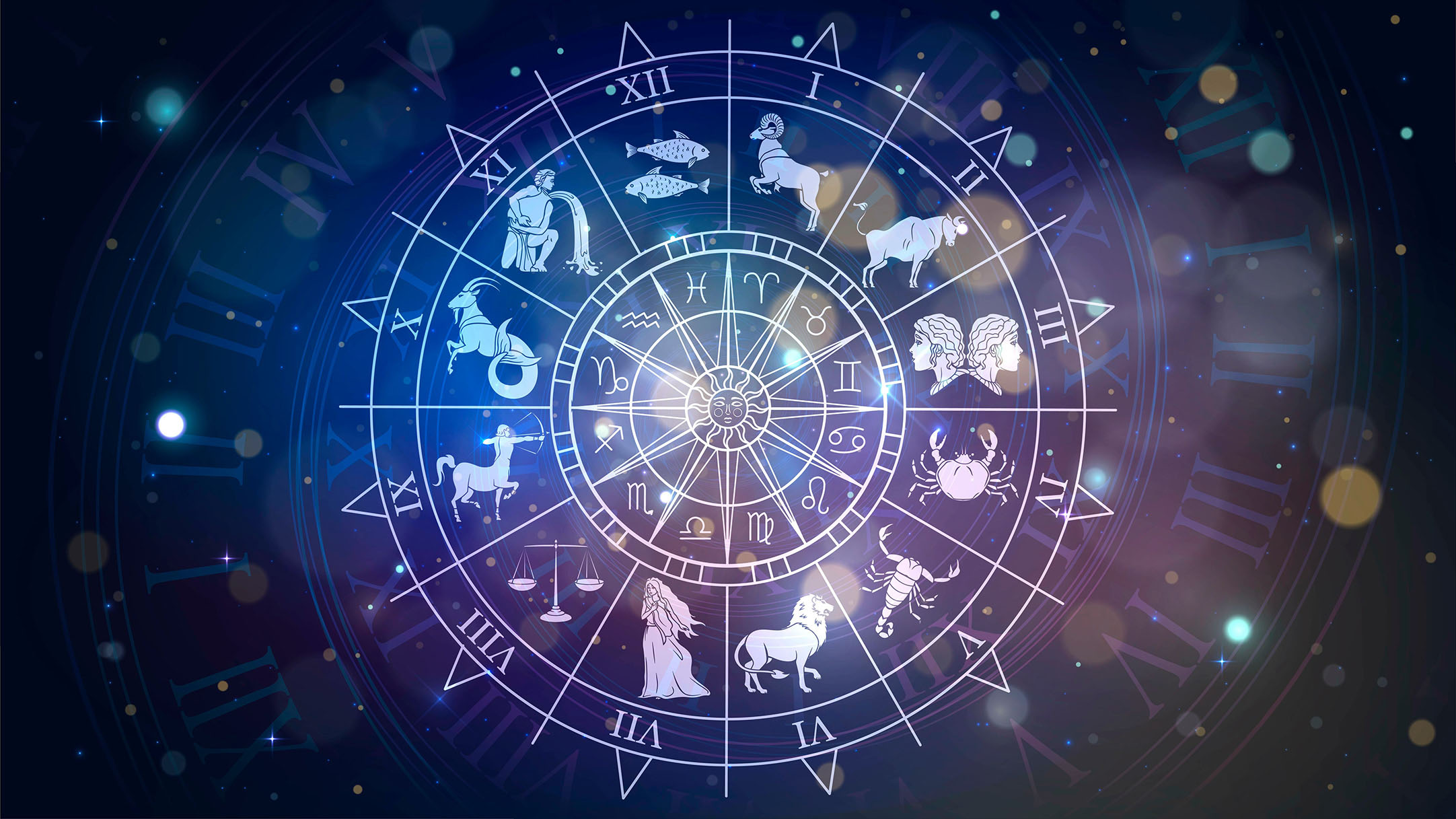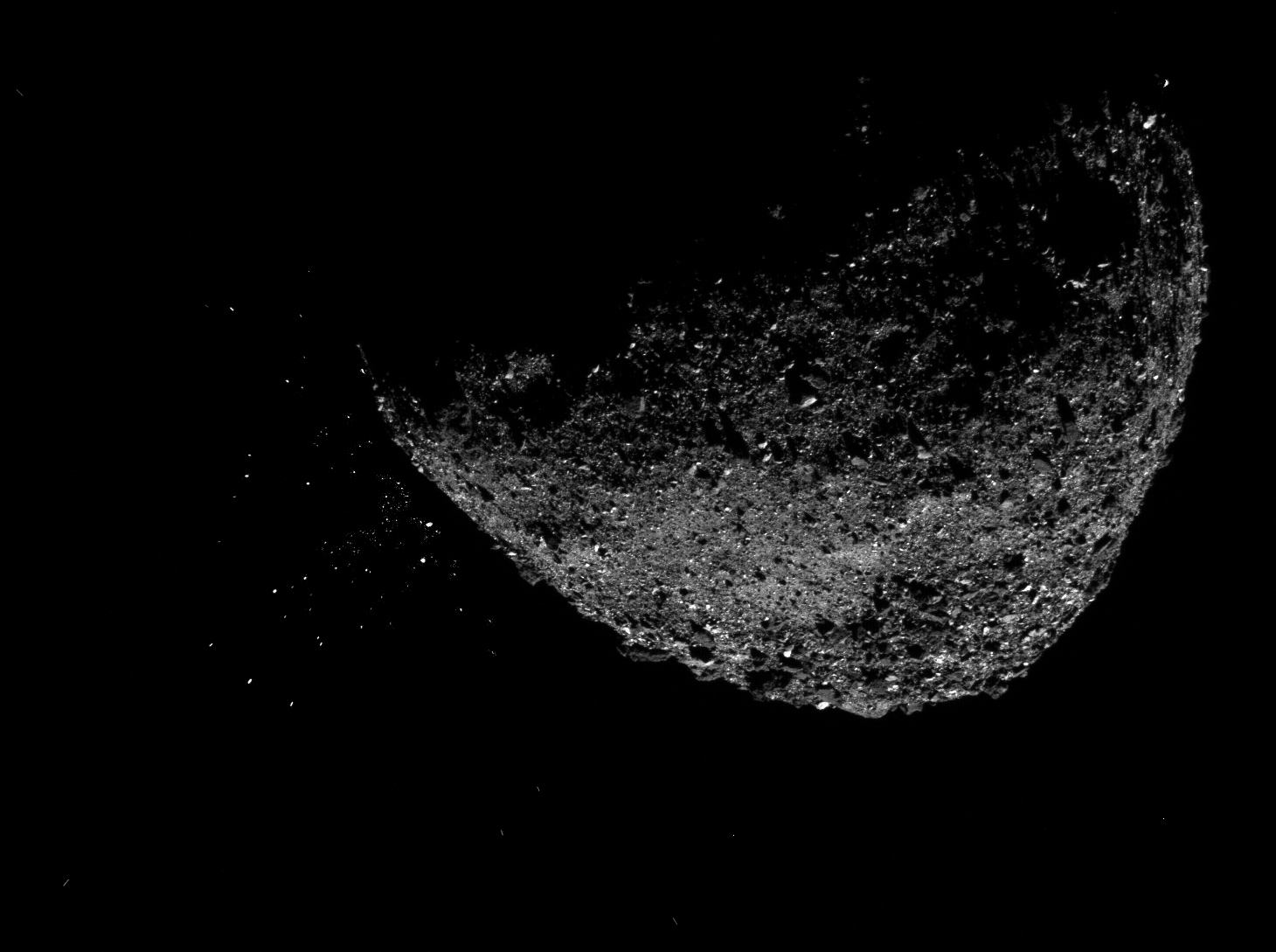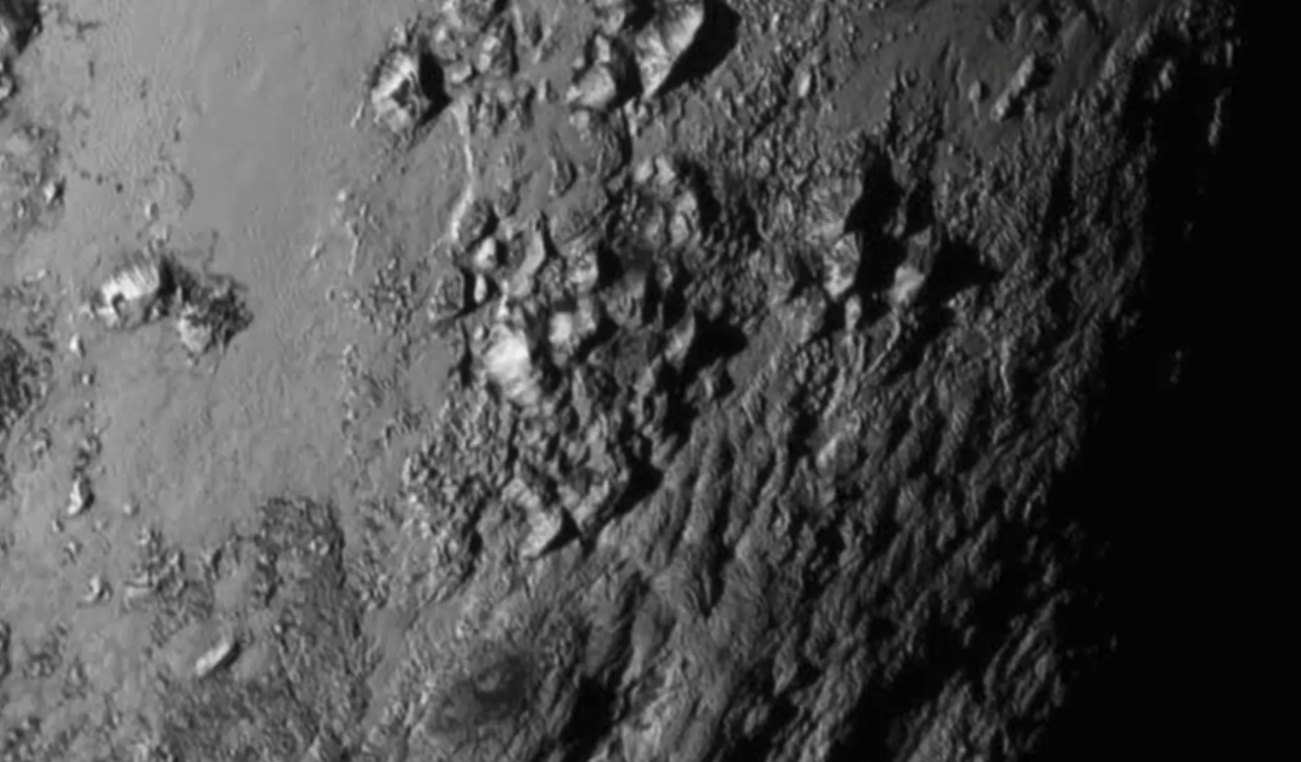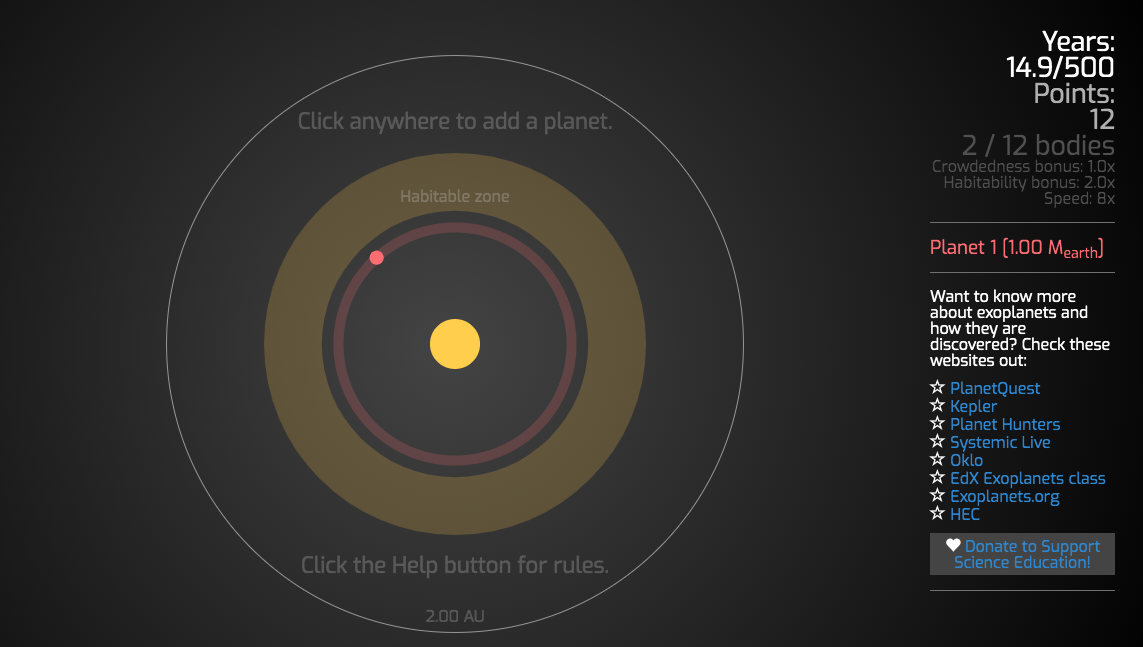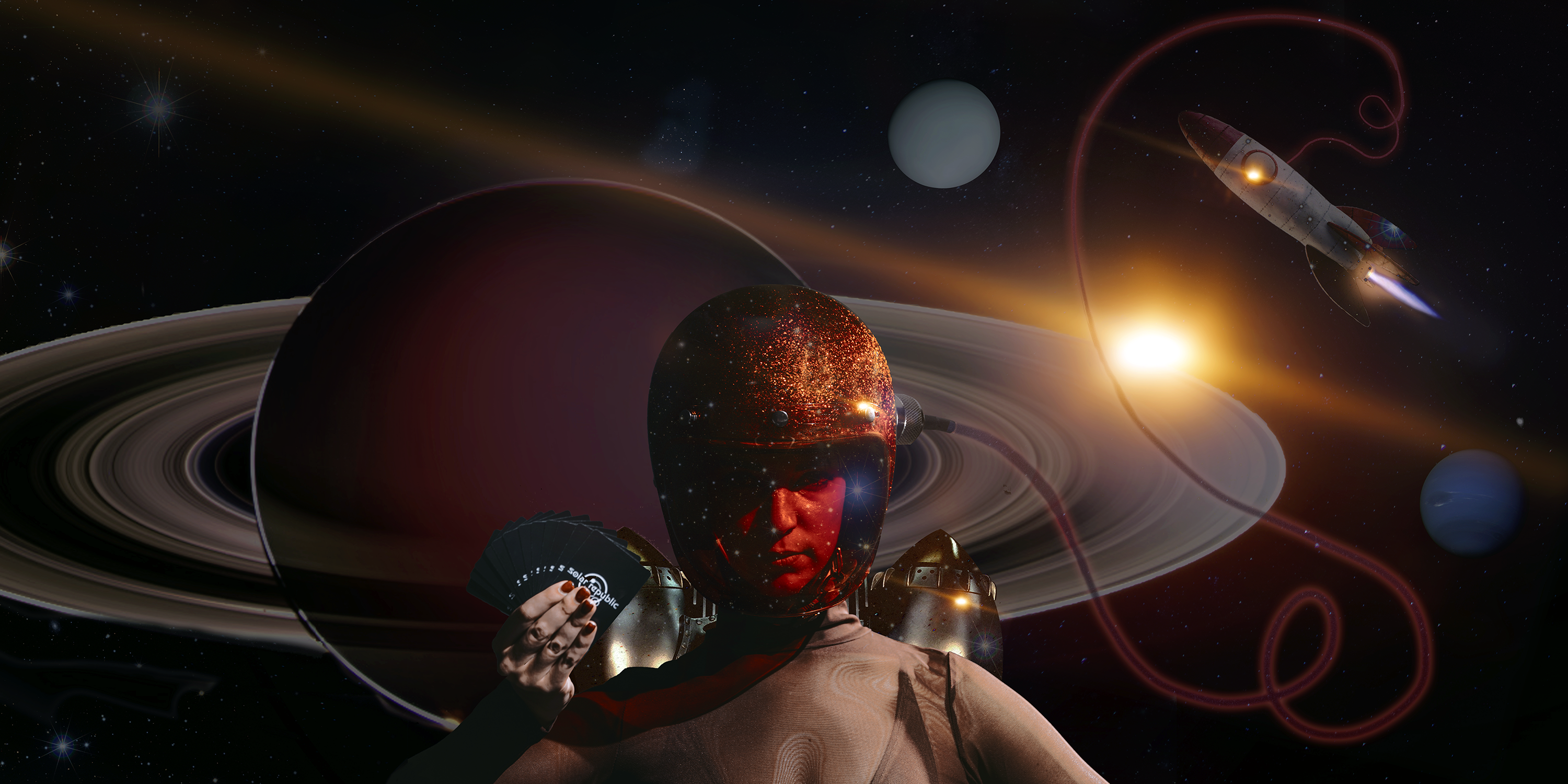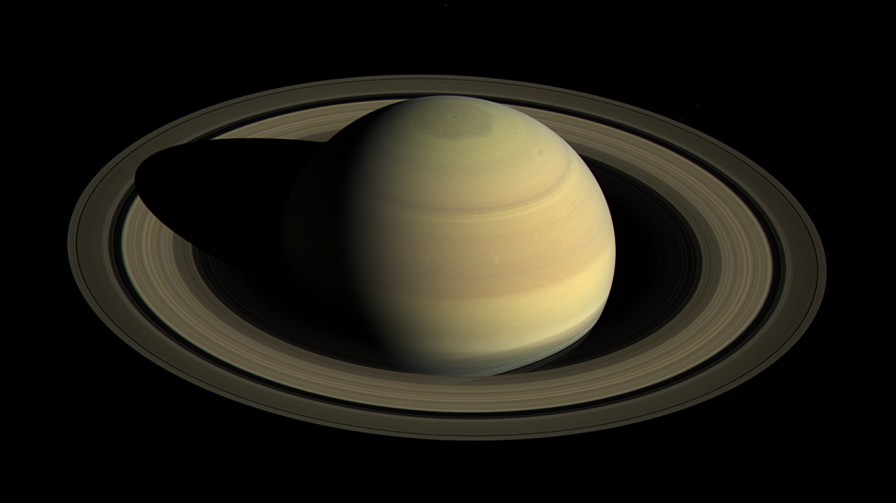3 Reasons Star Wars Revenge of the Sith is My All-Time Favorite Movie
It’s been a long week, so I decided to take a moment to forget about things and enjoy some good old fashion TV. I don’t have cable since TV isn’t my thing, but Amazon Prime is. I turned on my Xbox and immediately flipped through movies and television shows. I grazed a couple of titles, but my interest was apathetic at best. Then, I had a bright idea…I haven’t seen my favorite movie in a while: Star Wars Revenge of the Sith. Watching the opening battle scene, I wondered, “Why do people hate this film so much?” It is my FAVORITE movie, not a top-five movie, but my FAVORITE. A friend of mine once said, “ignorance is bliss,” when I explained why Revenge of the Sith was my favorite movie. I replied that I imagine it must be a wonderful life not knowing and living with the burden of knowing the…
